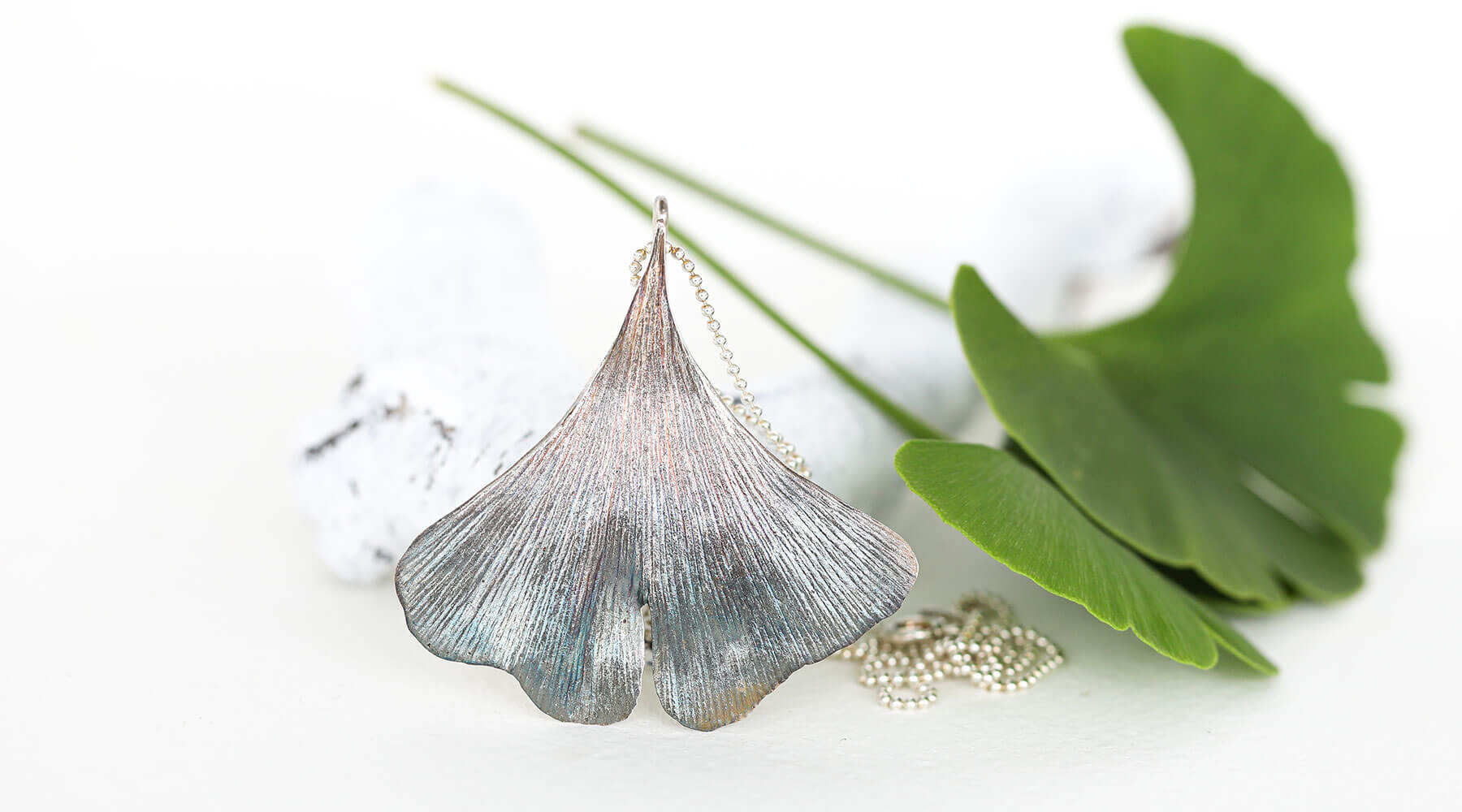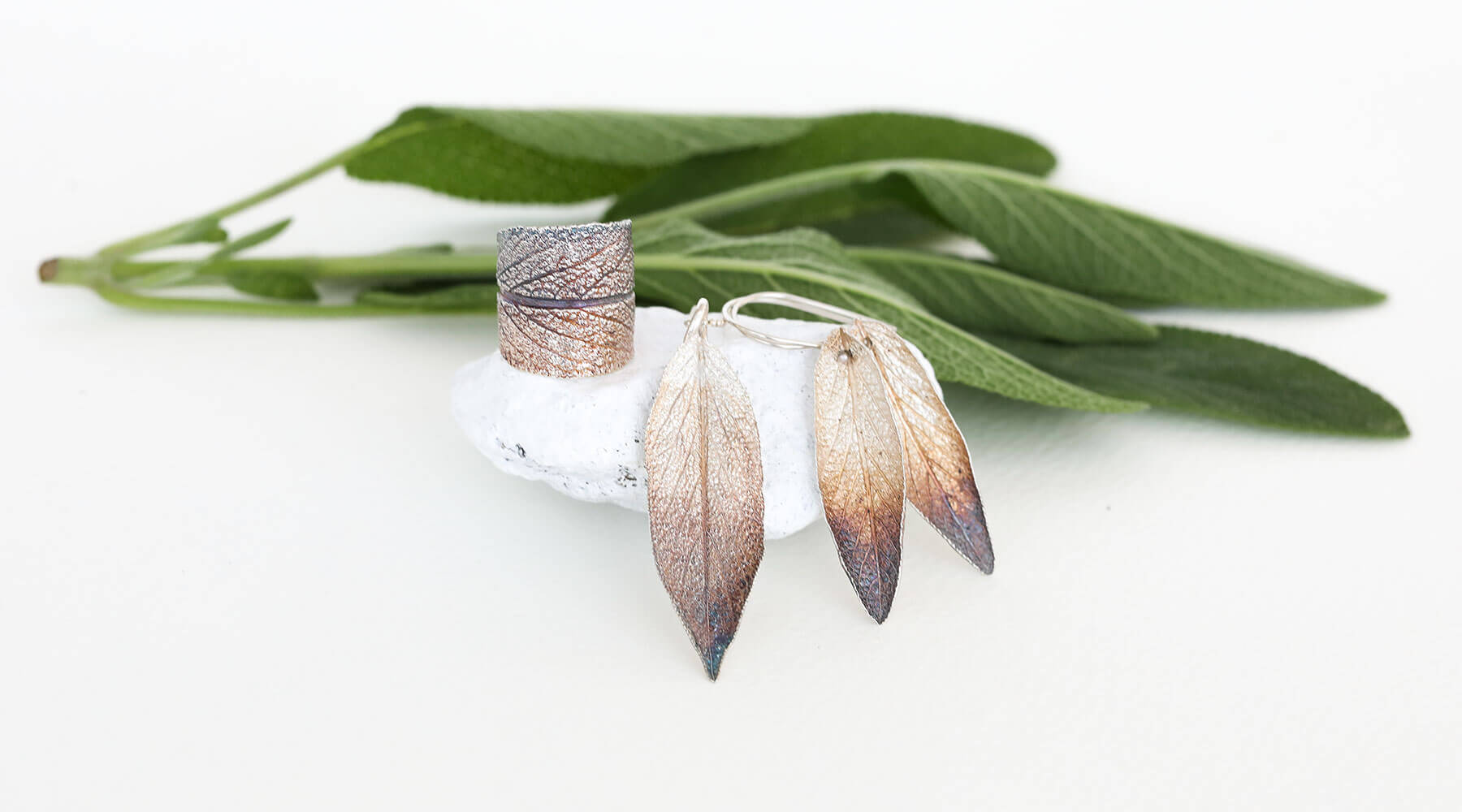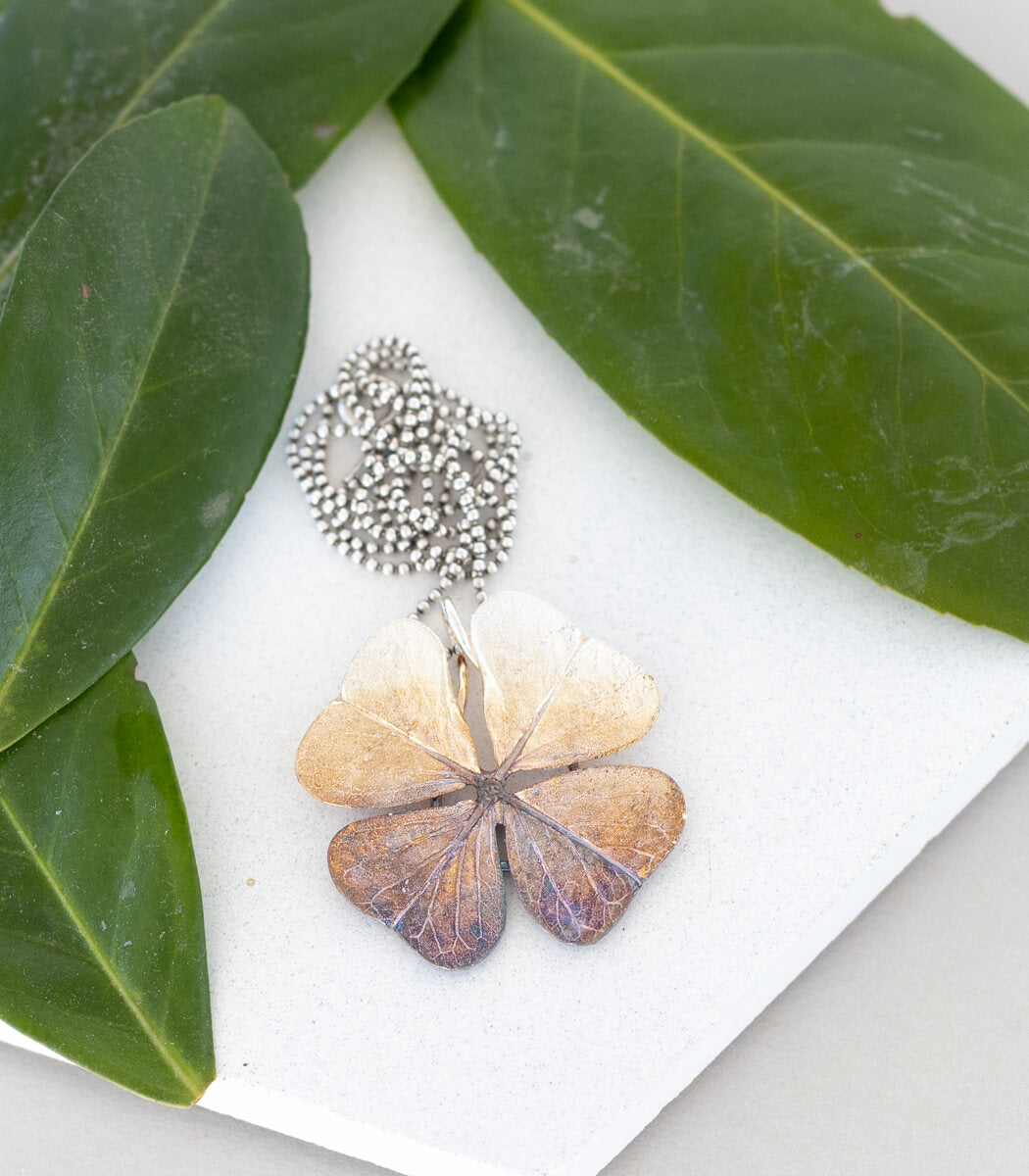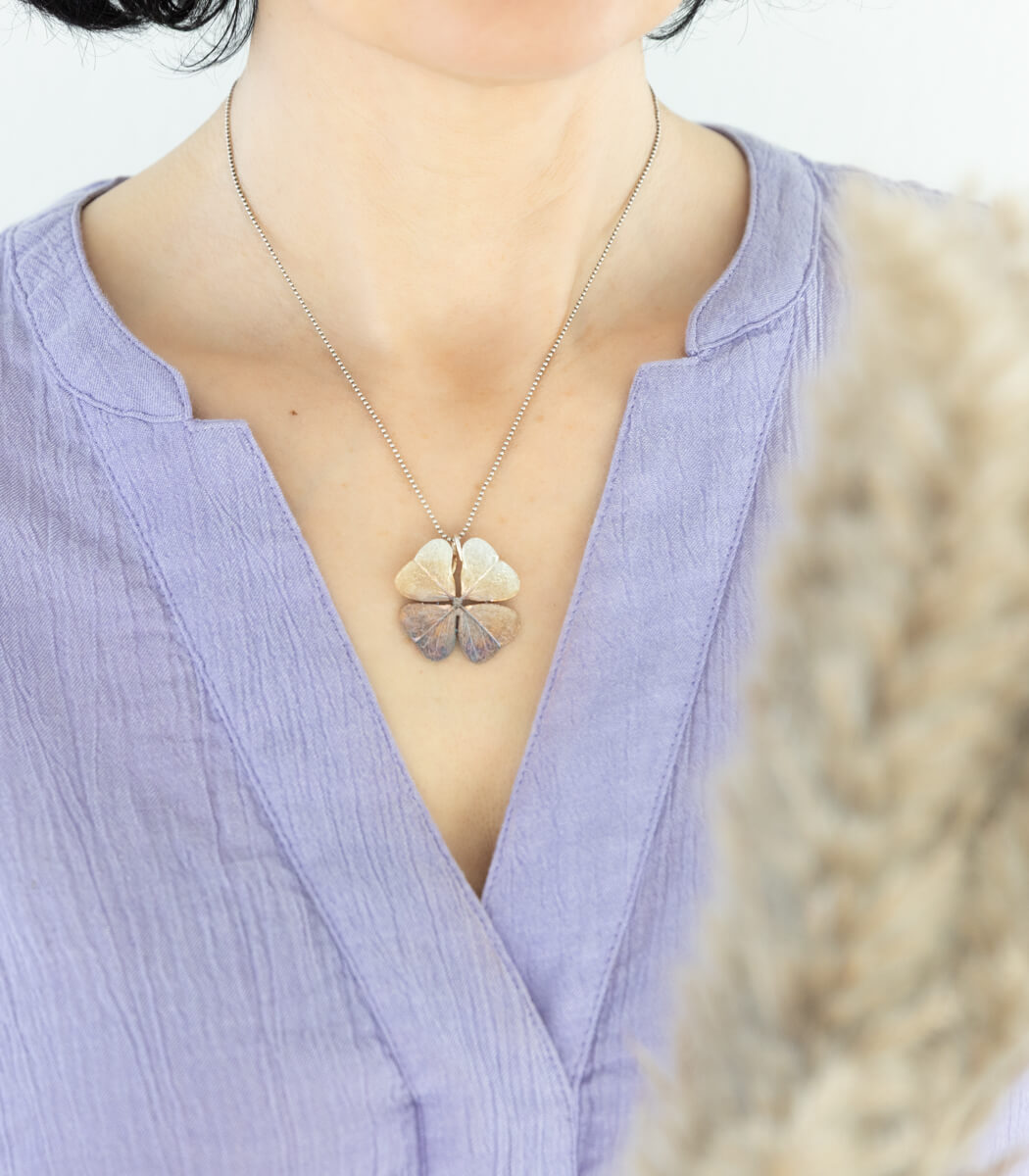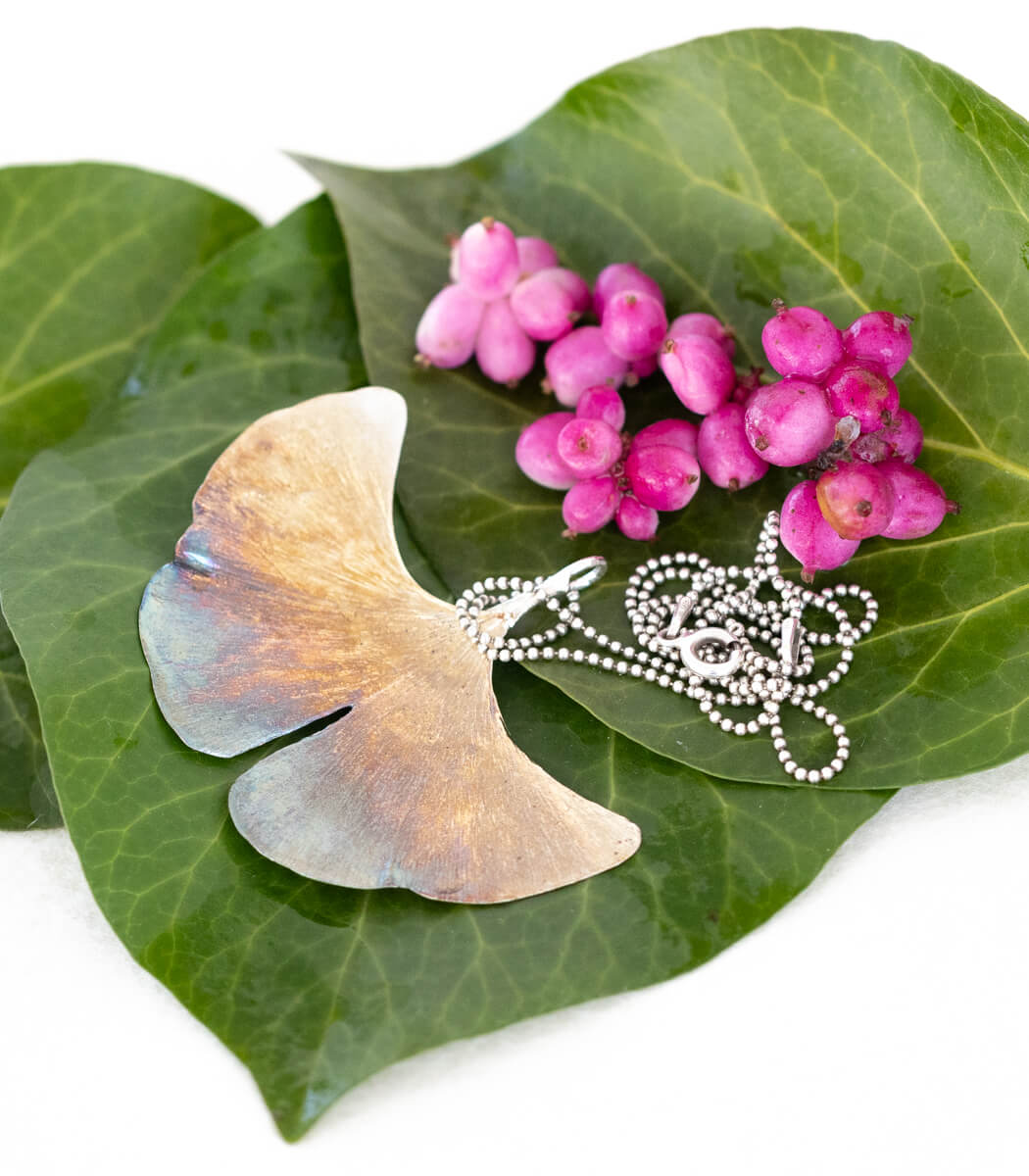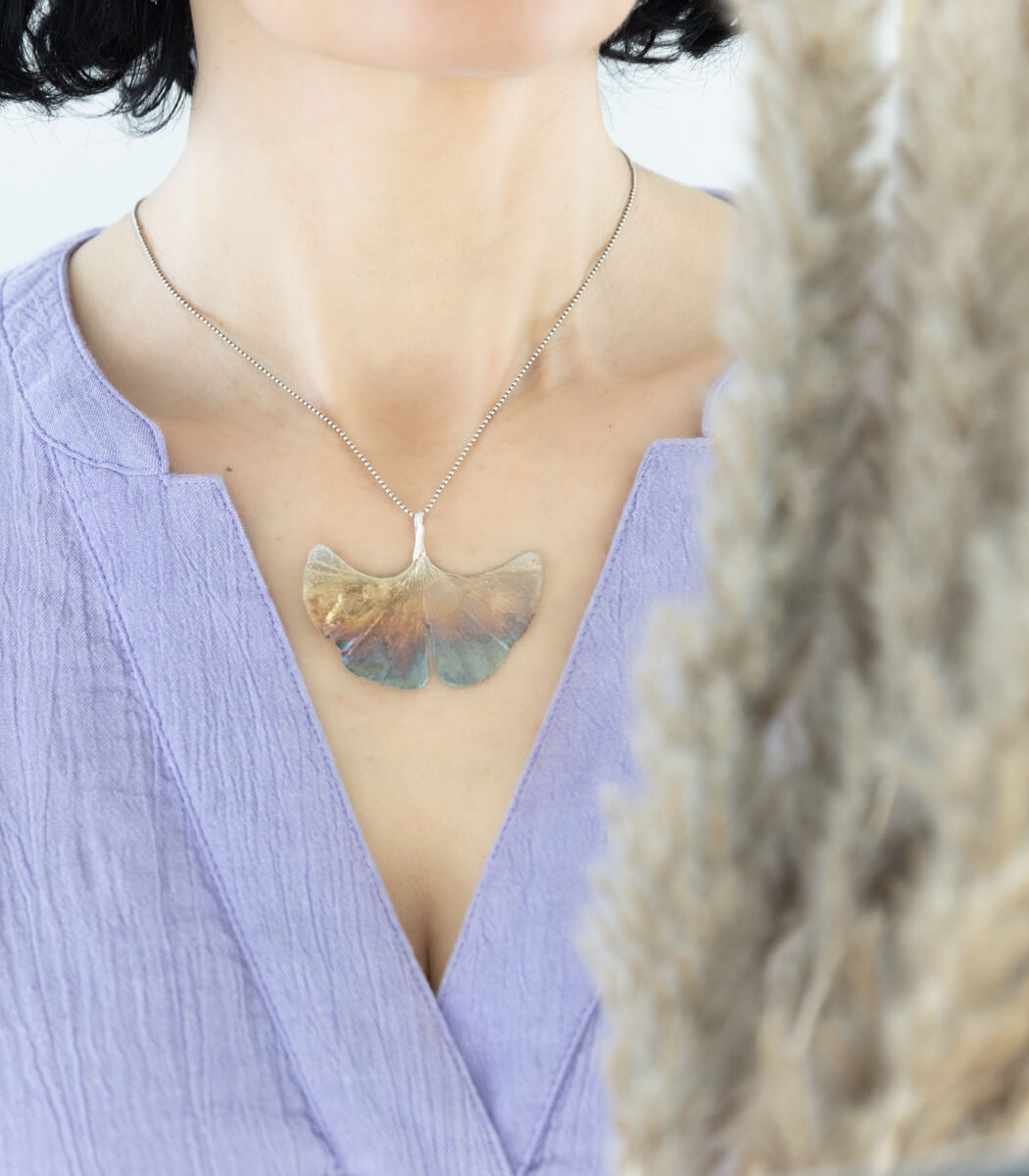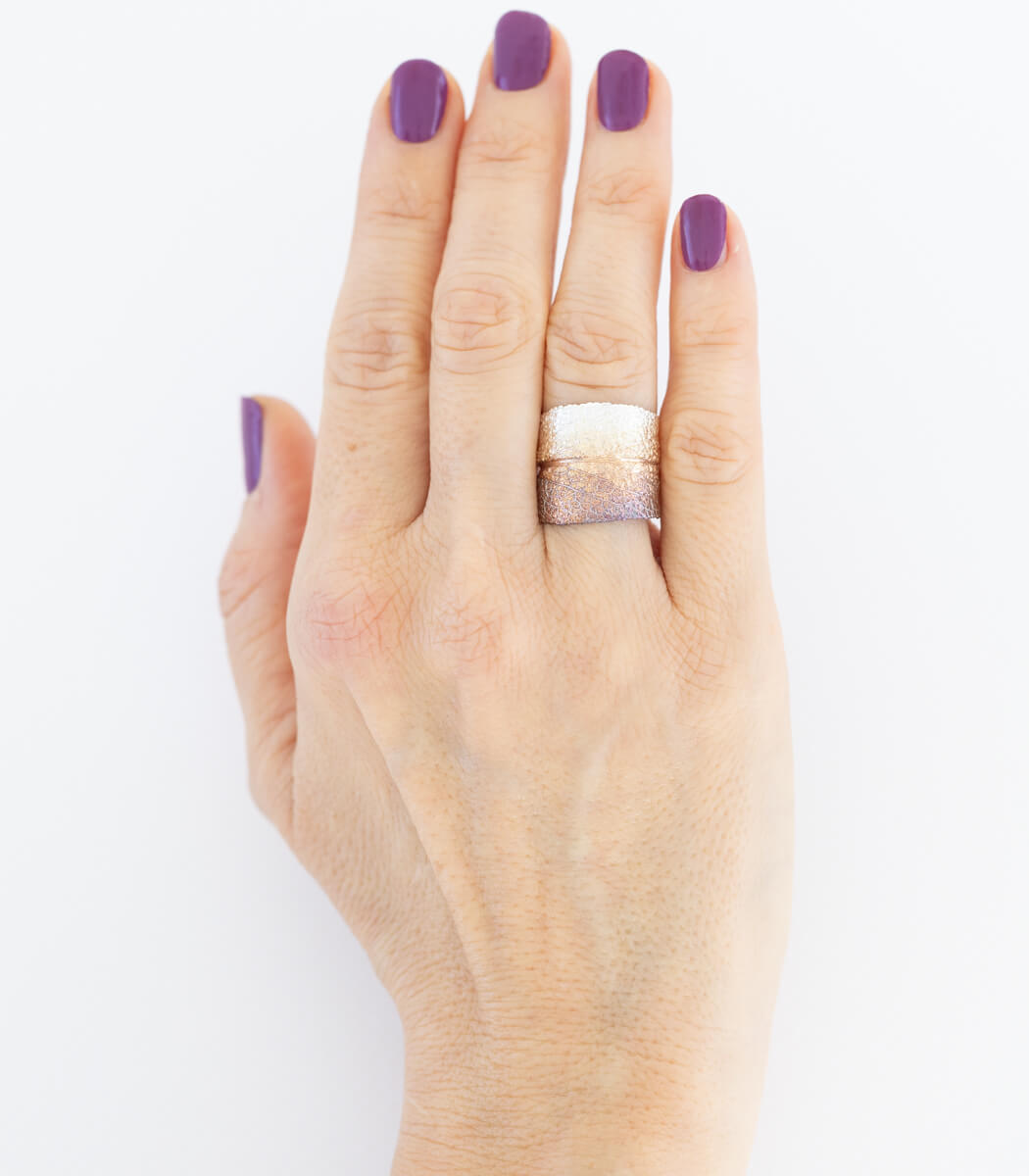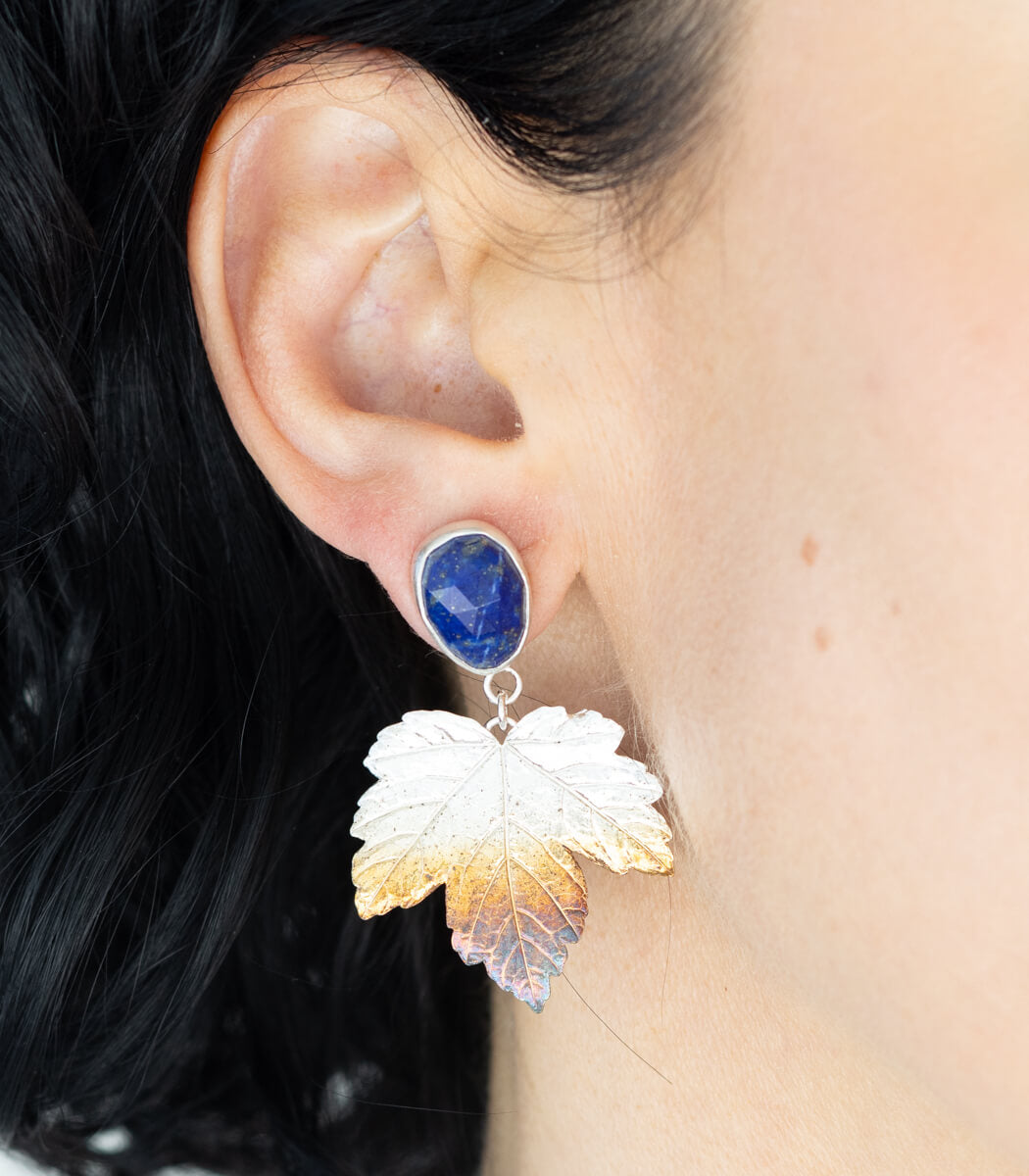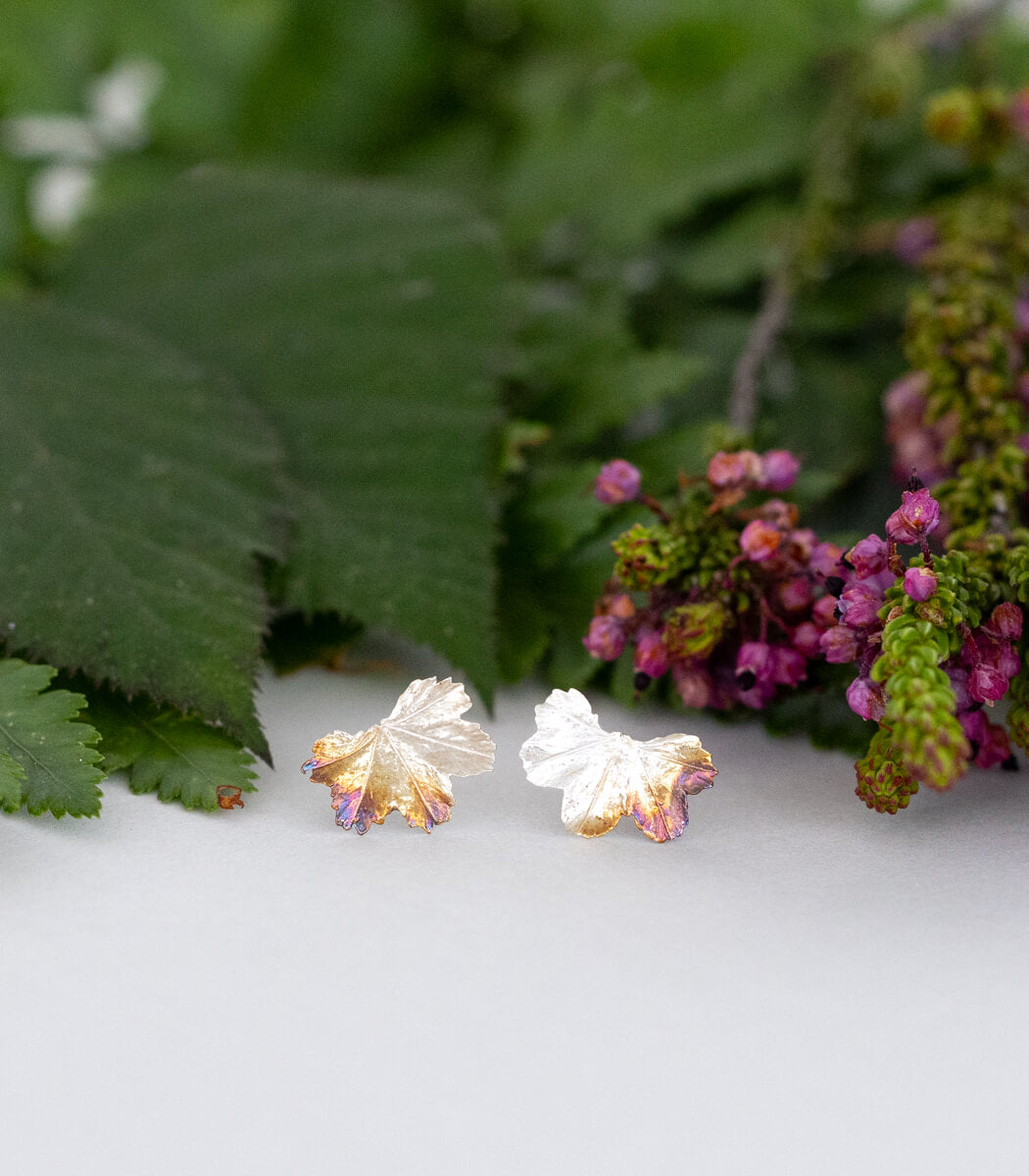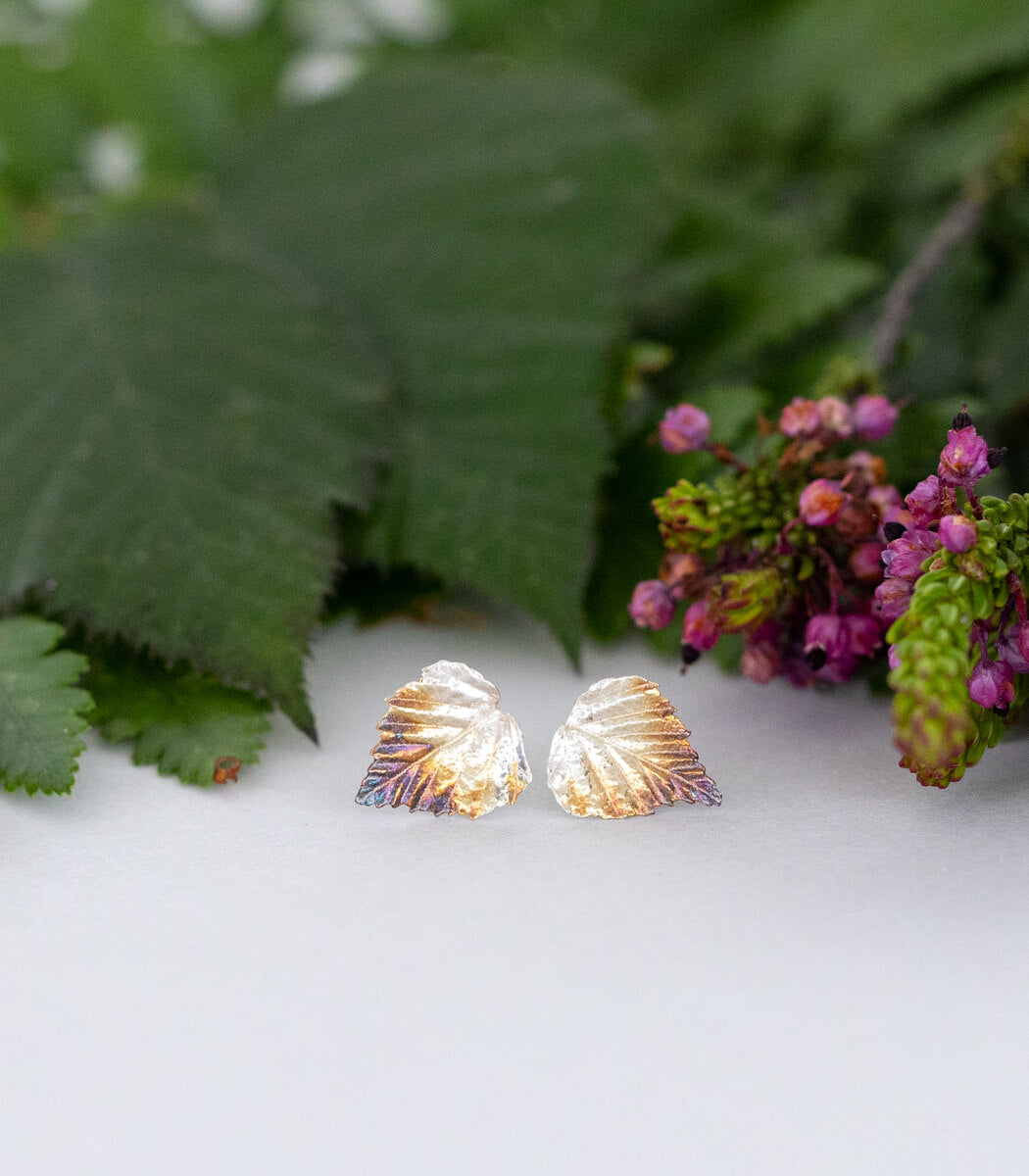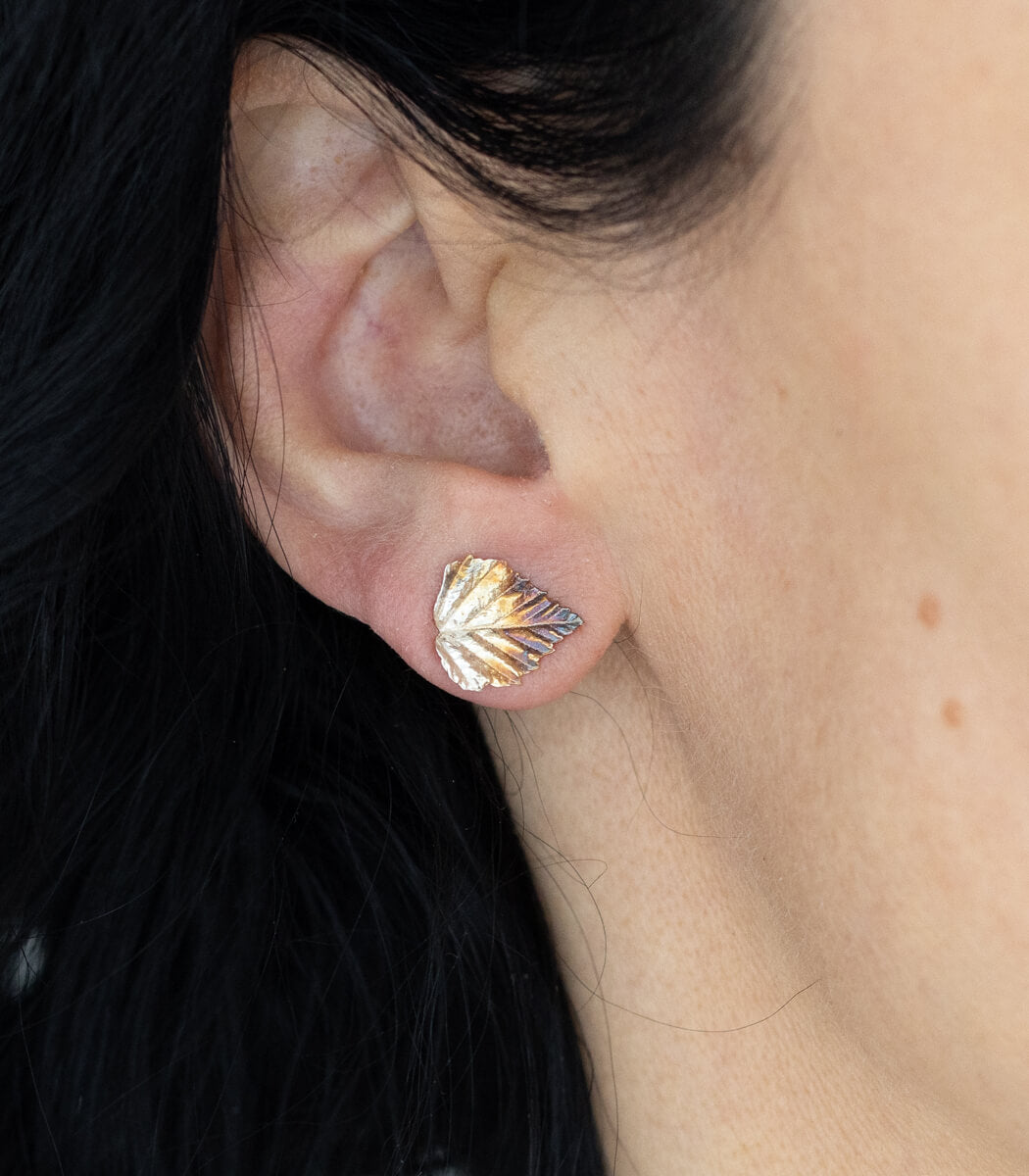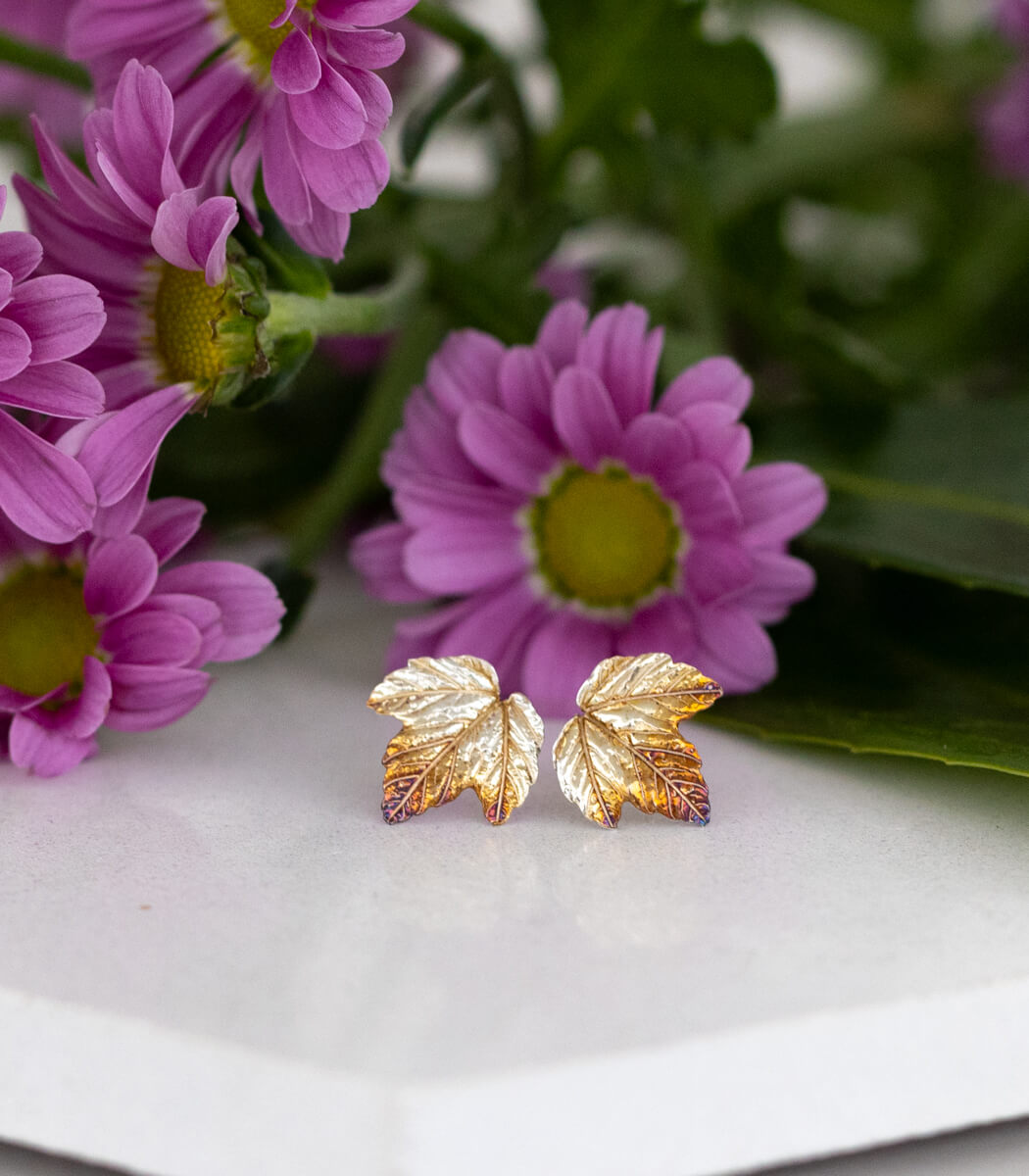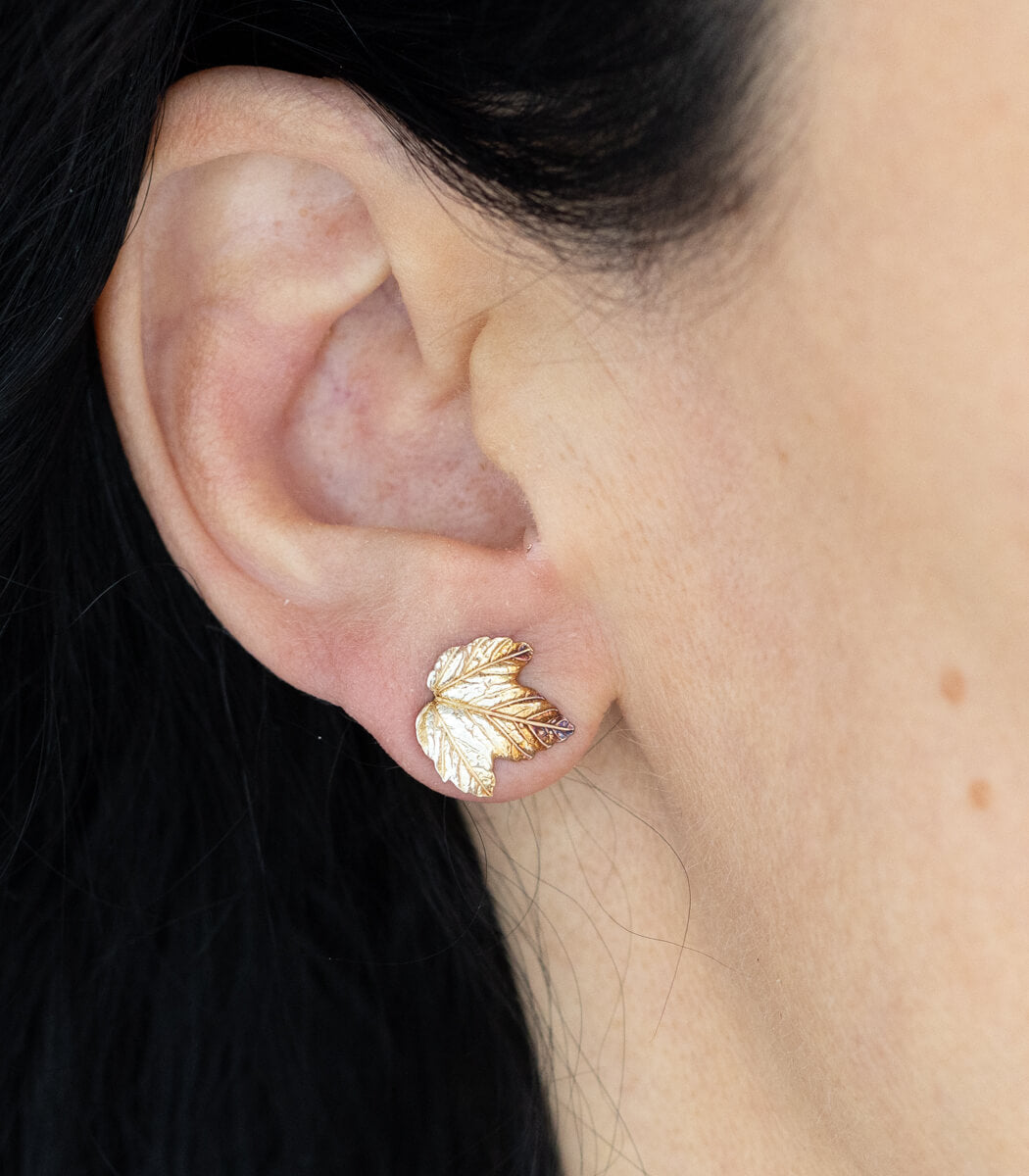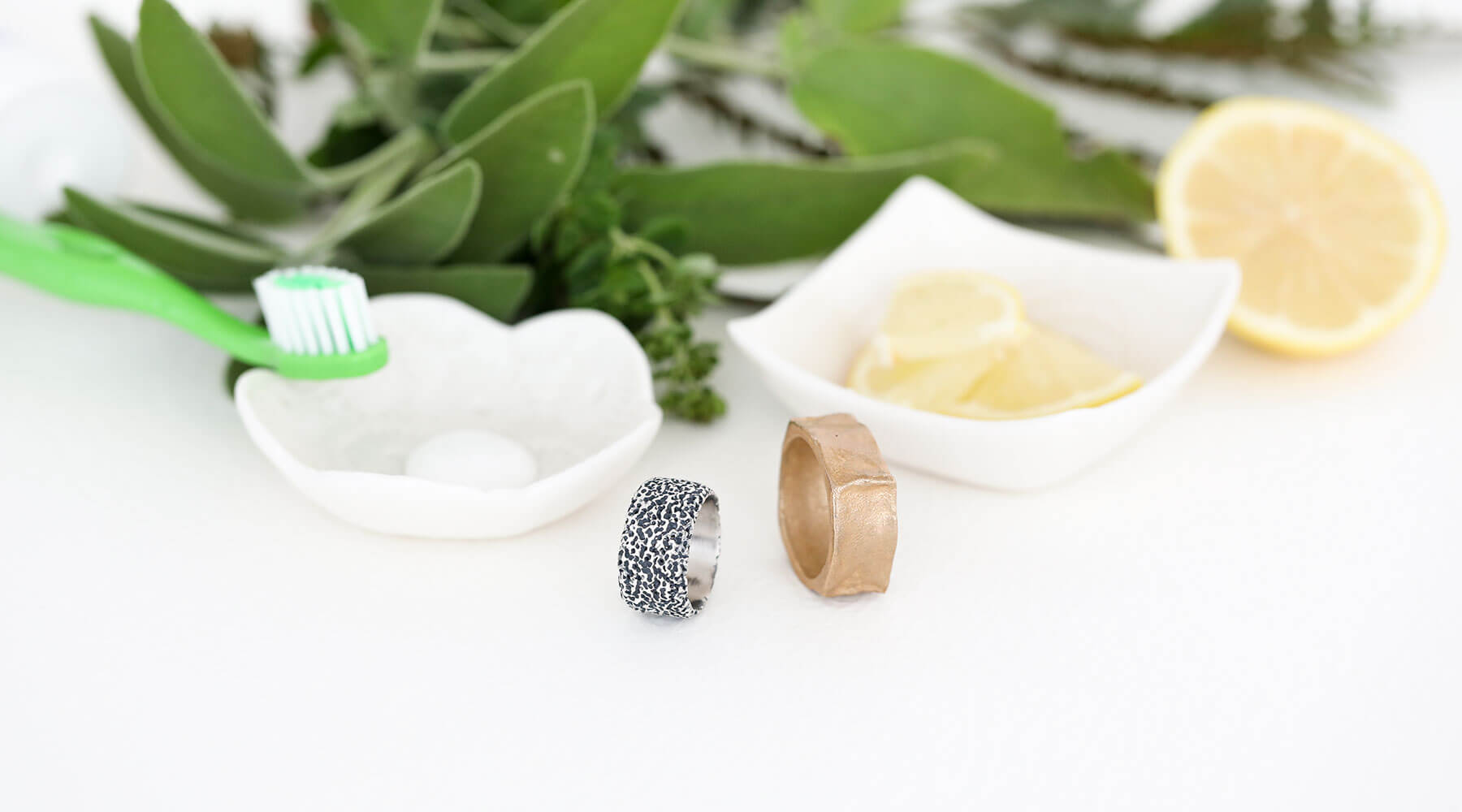
Jewellery cleaning: With simple tips you can make your jewellery shine
What to do if the jewelry has tarnished?
With these simple tips you can make your jewellery shine
Cleaning silver jewelry: Why does my jewelry turn black?
You probably know the problem: You want to take your favorite necklace or silver earrings out of the box in the morning and you get a shock: The silver no longer shines, but shows strange discolorations, black or brown, sometimes even yellowish.
What happened? Did the jewelry “go bad”?
No, don't worry. This is a completely natural process: silver does not react with the oxygen in the air, like iron does when it rusts. However, the air contains very small amounts of another substance that damages the silver, and that is sulphur. Compounds in the air with sulphur, such as hydrogen sulphide, combine with the silver over time. The newly formed substance is called silver sulphide, a black salt. And this settles on the surface of your necklaces, pendants and earrings and causes these unsightly discolourations.
Fortunately, this is not the end of your favorite pieces: There are a number of simple ways to clean silver jewelry again.
Here you will find simple tips for cleaning your most beautiful pieces of silver and bronze. You will learn how to use household remedies correctly so that your jewelry shines and sparkles again, and what you should bear in mind.
Simple tips for cleaning jewelry
Cleaning silver jewelry
Cleaning silver is a household task that even our grandmothers had to deal with: in the old days, not only the jewelry, but also the cutlery and often the dishes were made of silver and had to be regularly cleaned of the unpleasant discoloration. Luckily for us, because in this way we have a number of effective household remedies that we can use to clean our necklaces and earrings quickly and easily.
Baking powder, ash, toothpaste, spirit with chalk, soda and ammonia are suitable for cleaning silver.
Here’s how to do it:
baking powder
If you want to clean your silver jewelry, take a soft, lint-free cloth and sprinkle the baking soda on it. You can then rub your jewelry with it until the stains are gone. Then rinse the jewelry with clean water (please do not use soap or detergent!). Then rub it dry with a clean cloth or leather rag - done!
toothpaste
If you don't have any baking soda at home, you can just as easily use toothpaste. The process is the same: you rub the jewelry, rinse it with water and dry it thoroughly.
ash
If you have a fireplace or like to light a fire bowl in the garden, you can also use the ash to make your jewelry shine again: Just like with baking powder, put some ash on a clean cloth and rub your jewelry with it. Rinse with water, dry - done!
soda
The ancient Egyptians already knew about this cleaning agent: Take a liter of water and dissolve 4 teaspoons of salt and 4 teaspoons of soda in it. Important: Use washing soda, not baking soda, which is also available in stores! Then put your jewelry in this solution and let it soak for 5 to 10 minutes. After that, the black silver sulfide should have dissolved. Now you can wash your jewelry and dry it.
Caution! Although soda is an environmentally friendly cleaning agent, you still have to be careful because the salt attacks the skin and mucous membranes - just like any salt. It is best to wear household gloves and avoid contact with the eyes and nose.
Spirit and chalk
Spirit, such as that used for camping stoves, is not normally suitable for silver jewelry, as the gasoline it contains can damage the skin. Organic spirit, however, does not contain gasoline and can therefore be used to clean jewelry. Chalk is particularly finely processed chalk that occurs naturally as a raw material and has been carefully freed from sand and small stones. It has been known as a household remedy since ancient times and also helps to clean tarnished jewelry. To do this, make a thick paste with the organic spirit. As usual, put this on a lint-free cloth and use it to rub your chains and pendants clean. Then rinse and dry everything, and your jewelry will shine again.
Ammonia spirit
This remedy is also easy to use: Put a little ammonia on a cloth and you can clean your jewelry until it shines again. But you should also be careful with this household helper: Although ammonia is very effective if you want to clean your silver jewelry, it contains the chemical ammonia. This is irritating and is classified as a hazardous substance according to the EU Chemicals Regulation of 2009. It is therefore best to wear household gloves and rinse your jewelry thoroughly before drying it. It is also a good idea to ventilate the room well while you are working with ammonia.
Cleaning bronze jewelry
Why is my bronze jewelry turning green?
Bronze is a beautiful word, but it is misleading: it is not a metal in its own right, but a composition of several metals. We speak of bronze when the metal consists of at least 60 percent copper combined with other metals, such as manganese or zinc. Bronze has been used to make jewelry since the time of the Germanic tribes because it does not rust as quickly as iron, for example. However, bronze is not immune to external influences: sulfur elements from the air or the body's own carbonic acid (carbonates) released through the skin react with the copper on the surface and form the so-called green patina. Some people also call it "verdigris," but this is a confusion: verdigris forms when copper comes into contact with acetic acid, and is very toxic. The green patina forms naturally when your jewelry rests on the skin and reacts with the air; it is not toxic.
If you want to get rid of the green layer, you can also clean this jewelry:
With lemon, toothpaste, potato, ketchup or a paste made of baking powder and baking soda.
lemon
It's quick: If you want to clean your tarnished jewelry, squeeze a lemon or take a sip of citric acid, like the kind you buy in bottles for salads. Pour the juice onto a soft cloth and use it to polish your jewelry. Then wash it with clean water and dry it well, and your necklaces and pendants will be as good as new.
Since my leaf decorations often have fine indentations, you can use an old toothbrush to "get into all the corners".
toothpaste
If you don't have a lemon on hand, just use toothpaste, as you would with silver jewelry: like a polishing paste, apply it to the jewelry with a cloth, rub vigorously, wash off, dry off, and you're done.
Potato
This is a very old remedy from grandma's household tricks: A raw potato contains - like baking powder - starch, which has a cleaning effect when combined with water. Since the potato itself contains water, you don't need to add anything. Simply rub your jewelry vigorously with the potato so that the white starch comes out well. Then wash your pendants or earrings well, dry them, and everything is fine again.
Ketchup
If the green patina has been there for a while, you can also put your jewelry in ketchup. Take a small bowl, fill it with tomato ketchup and let your jewelry soak for one to two hours. When you then wash and brush it off, even the most stubborn deposits should disappear.
Baking powder-soda paste
If ketchup doesn't help, you can also make your own polishing paste from baking powder, water and baking soda: Take three packets of baking powder and add a few drops of baking soda. Then add enough water to make a smear-proof paste. If it's too runny, just add another packet of baking powder. You can use this to polish your jewelry until the green spots are gone. Then rinse and dry as usual.
No matter which type of cleaning you choose:
With all these means, you protect the environment and of course your wallet, and make your favorite pieces of jewelry sparkle again.
See you soon!









